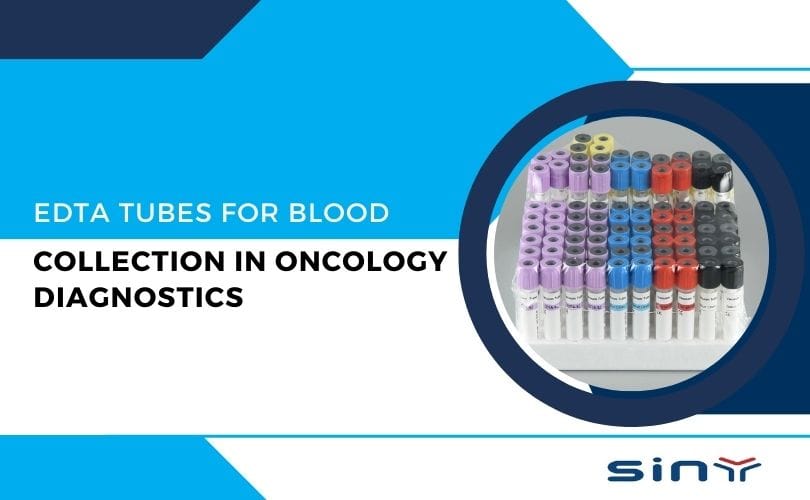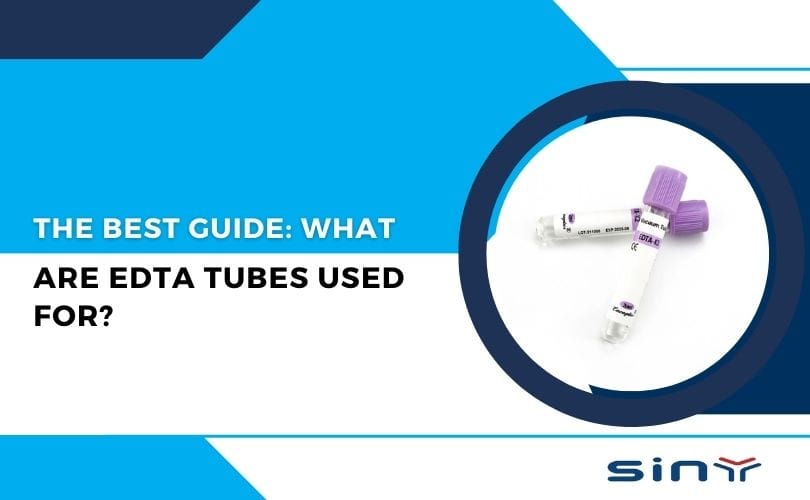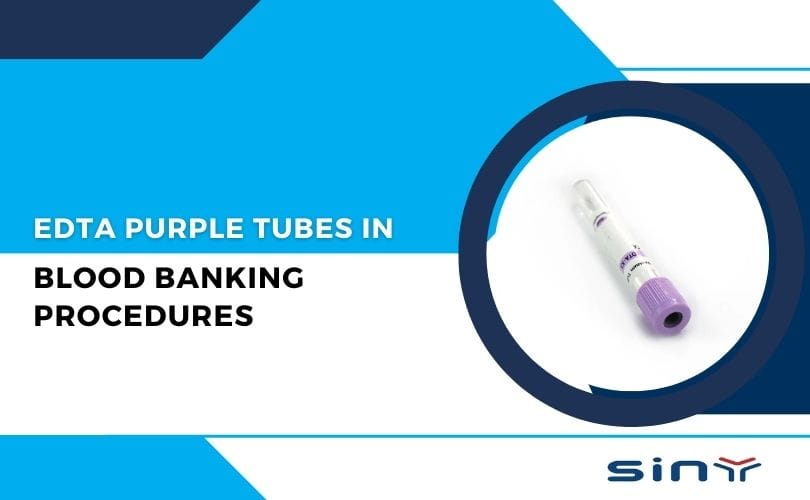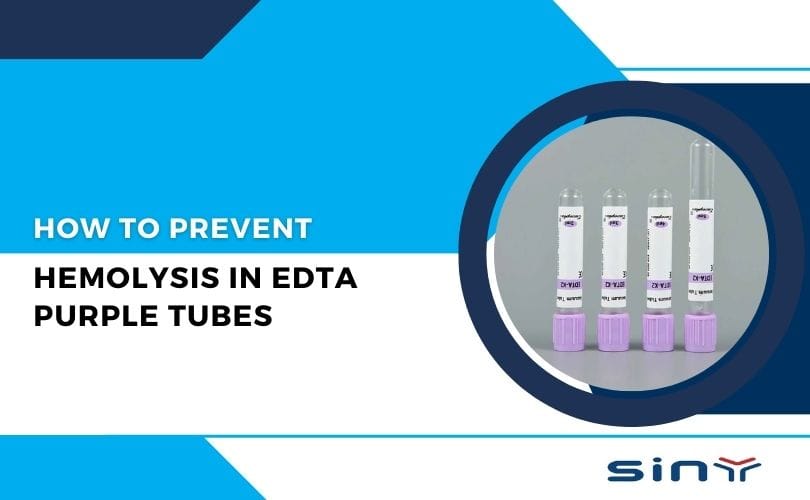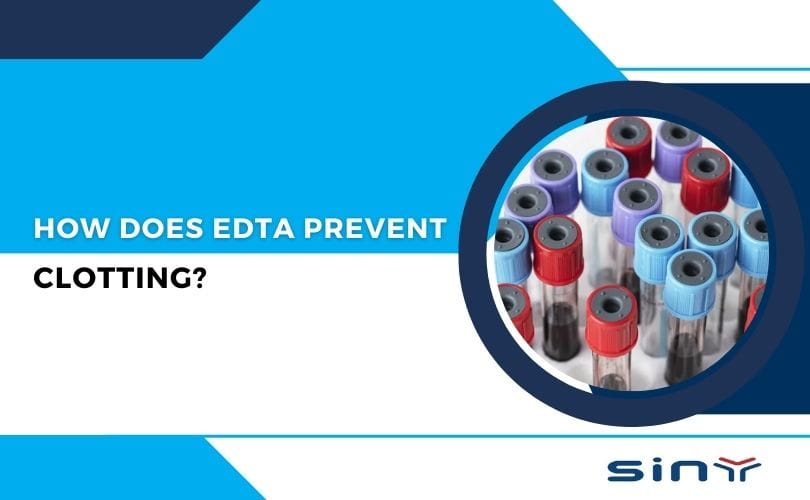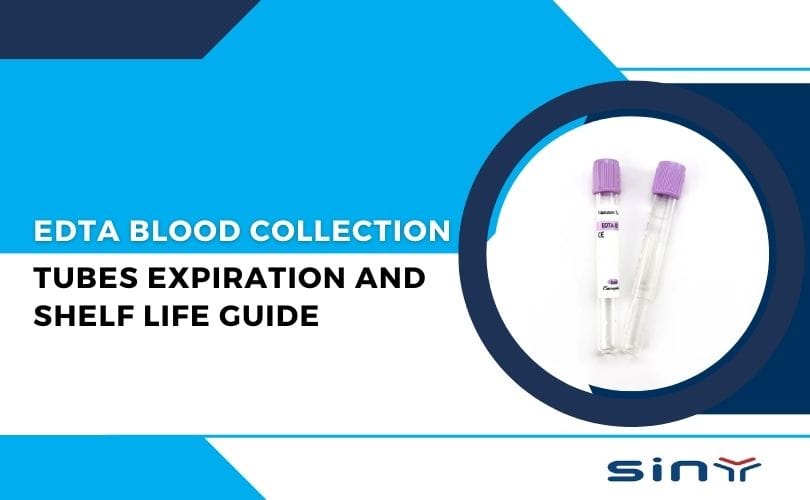One of the most critical tools in achieving this is the EDTA tube for blood collection. These tubes play a pivotal role in ensuring that blood samples remain stable and viable for various diagnostic tests. This blog delves into the intricacies of EDTA tubes, their importance in oncology diagnostics, and how they contribute to accurate and reliable results.
What Are EDTA Tubes?
EDTA tubes are specialized blood collection tubes that contain the anticoagulant ethylenediaminetetraacetic acid (EDTA). This compound prevents blood from clotting by binding calcium ions, which are essential for the coagulation process. EDTA tubes are easily recognizable by their distinctive purple tops and are widely used in hematology and oncology diagnostics.
For a deeper understanding of how EDTA tubes function, you can explore What Are EDTA Tubes and How Do They Work?.
Why EDTA Tubes Are Crucial in Oncology Diagnostics
Oncology diagnostics requires a high level of precision. From detecting tumor markers to studying genetic mutations, blood samples must remain unchanged from collection to testing. EDTA tubes provide this stability, making them the first choice in cancer-related blood analysis.
Here’s why they’re indispensable:
Preserve Cellular Integrity: EDTA maintains red and white blood cells in their original form, which is essential for complete blood counts (CBCs) often used in cancer monitoring.
Accurate DNA/RNA Analysis: Many oncology tests involve genetic profiling. EDTA prevents enzymatic degradation, ensuring reliable molecular results.
Supports Biomarker Testing: Cancer biomarkers like circulating tumor DNA (ctDNA) require intact plasma. EDTA tubes prevent clotting that could interfere with plasma separation.
Essential for Flow Cytometry: In leukemia and lymphoma testing, flow cytometry depends on well-preserved cells—something EDTA tubes excel at.
For a closer look at the anticoagulant action of EDTA, see this resource: How Does EDTA in Purple Top Tubes Work?.
Types of EDTA Tubes Used in Oncology
Not all EDTA tubes are created equal. Oncology labs often use different formulations depending on the test type.
K2 EDTA Tubes
Contain dipotassium EDTA.
Provide minimal cell shrinkage.
Widely used for genomic studies and DNA testing.
Learn more here: K2 EDTA Blood Collection Tubes.
K3 EDTA Tubes
Contain tripotassium EDTA.
More liquid-based, slightly dilutes blood.
Useful for general hematology where minor dilution isn’t critical.
See details here: K3 EDTA Blood Collection Tubes.
Purple-Top EDTA Tubes
The standard in oncology labs.
Essential for CBCs, molecular diagnostics, and cancer marker testing.
Available here: Purple Top Blood Collection Tube.
You can explore all available options in the full EDTA Tube product category.
Applications of EDTA Tubes in Cancer Diagnostics
1. Complete Blood Counts (CBCs):
One of the first steps in diagnosing leukemia, lymphoma, or monitoring chemotherapy is a CBC, which requires EDTA tubes.
2. Circulating Tumor DNA (ctDNA) Analysis:
Oncologists increasingly rely on liquid biopsies. EDTA tubes preserve ctDNA for sequencing and mutation detection.
3. Flow Cytometry:
EDTA-preserved blood allows for immunophenotyping of abnormal cells, vital in diagnosing blood cancers.
4. Molecular Oncology:
EDTA tubes are used in PCR, qPCR, and next-generation sequencing (NGS) for cancer-related genetic studies.
5. Clinical Trials & Research:
Biobanks and research studies depend on EDTA tubes for long-term sample stability.
Advantages of Using EDTA Tubes in Oncology Diagnostics
The use of EDTA Tubes for Blood Collection in oncology diagnostics offers several advantages:
- Enhanced Accuracy: By preventing clotting and preserving cell integrity, EDTA tubes ensure that diagnostic tests yield accurate results.
- Versatility: EDTA tubes are compatible with a wide range of diagnostic techniques, making them a versatile choice for oncology diagnostics.
- Ease of Use: These tubes are easy to handle and require minimal preparation, making them convenient for healthcare professionals.
- Cost-Effectiveness: EDTA tubes are relatively inexpensive, making them a cost-effective option for routine and advanced diagnostic tests.
For more insights into the advantages of EDTA tubes, visit EDTA Tubes for Blood Collection.
Best Practices for Using EDTA Tubes
To maximize the effectiveness of EDTA tubes in oncology diagnostics, it is essential to follow best practices:
- Proper Mixing: After blood collection, it is crucial to invert the tube gently several times to ensure that the EDTA is evenly distributed throughout the sample.
- Correct Storage: EDTA tubes should be stored at the appropriate temperature to maintain sample integrity. Follow the manufacturer’s guidelines for storage conditions.
- Timely Processing: Blood samples collected in EDTA tubes should be processed promptly to prevent degradation of biomarkers and cells.
For more detailed guidelines on using EDTA tubes, refer to Purple Top Blood Collection Tube.
Case Studies: EDTA Tubes in Oncology Diagnostics
Several case studies highlight the importance of EDTA tubes in oncology diagnostics:
- Case Study 1: A study conducted at a leading oncology center demonstrated that using EDTA tubes significantly improved the accuracy of flow cytometry results, leading to better patient outcomes.
- Case Study 2: Another study found that EDTA tubes were essential for preserving the integrity of circulating tumor cells (CTCs), enabling more accurate detection and analysis.
For more case studies and research findings, visit Sinymedical EDTA Tube.
Future Trends in EDTA Tube Technology
The field of EDTA tube technology is continually evolving, with several promising trends on the horizon:
- Innovative Anticoagulants: Researchers are exploring new anticoagulants that offer enhanced stability and compatibility with advanced diagnostic techniques.
- Smart Tubes: The development of smart EDTA tubes equipped with sensors to monitor sample integrity in real-time is an exciting area of research.
- Eco-Friendly Options: There is a growing focus on developing eco-friendly EDTA tubes that minimize environmental impact without compromising performance.
For more information on future trends, check out EDTA Tube Product Category.
Conclusion
EDTA Tubes for Blood Collection are a cornerstone of oncology diagnostics, providing the stability and accuracy needed for reliable test results. By understanding their role, advantages, and best practices, healthcare professionals can ensure that they are utilizing these essential tools to their fullest potential.
For more information on EDTA tubes and their applications, visit EDTA Tube.
FAQs
Why are EDTA tubes purple?
The purple color coding follows international standards, making them easily recognizable for hematology and oncology use.
Can EDTA tubes be used for all cancer tests?
Not all. They’re excellent for CBCs, molecular oncology, and biomarker studies but not suitable for coagulation testing, which requires citrate tubes.
How long can blood remain stable in EDTA tubes?
Typically, EDTA preserves blood cells for up to 24 hours at room temperature, but for DNA/RNA analysis, plasma should be separated within a few hours.
What’s the difference between K2 and K3 EDTA tubes in oncology testing?
K2 is preferred for molecular oncology due to less dilution, while K3 is commonly used in general hematology.
Where can I buy high-quality EDTA tubes?
You can purchase directly from the EDTA Tube website or explore Siny Medical’s products.

